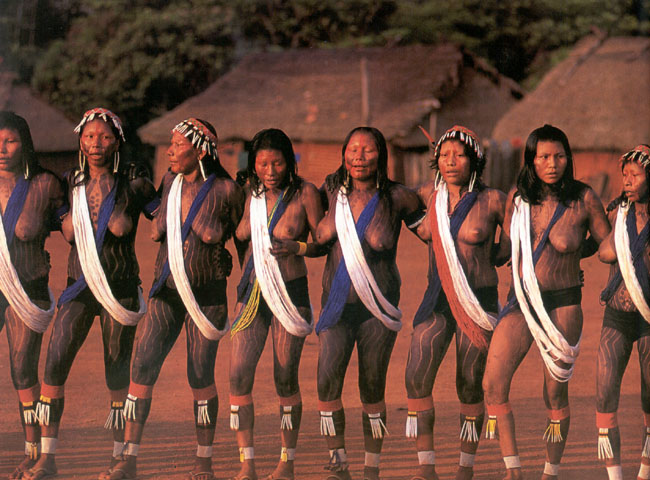Please note: Some images on this and other pages within this section are not work-safe.
Section added: June 11, 2006.
Women participating in and often winning contemporary high profile beauty pageants mostly have unimpressive looks. Just as the participants in the Olympics, science Nobel Prize nominees and candidates for the Field Medal are drawn from the best athletes, intellects and mathematicians, respectively, and the top prize goes to the very best among them, high profile beauty contests should be about the highest aesthetic standards and the most attractive women.
Toward this purpose it is necessary to address aesthetics in an international context. Therefore, this section addresses whether it is possible to come up with objective criteria to compare the attractiveness of women from different [geographic] populations. If this is possible, then these criteria should be used in beauty contests, but if this is not possible, then alternatives to the way contemporary beauty pageants are run should be considered.
Please note that whereas there are comparisons of physical appearance across populations within this section, the comparisons are not for the purpose of comparing the attractiveness of ethnic groups, but for determining whether one can come up with objective criteria to compare the attractiveness of individuals across populations. Additionally, the illustrative examples and comparisons should not be assumed to imply typicality or average differences; the context of the illustrative examples is explained in the text and/or legends.
This section will be expanded in due time. Comments concerning this part of the site can be left here or emailed to the author.
Introduction to ethnic variation: sharp and minimal contrasts
Anyone familiar with human physical variation knows that an objective comparison of attractiveness across populations must discard some traits that are known to vary greatly; e.g., skin color. Therefore, there is an upper limit to how exacting the aesthetic criteria can be. On the other hand, aesthetic criteria in a beauty pageant must be sufficiently exacting to separate the more attractive from the less attractive. The question is whether one can objectively come up with aesthetic criteria to compare the attractiveness of individuals from different populations.
Some universal aesthetic criteria -- such as having blemishless and youthful skin -- are intuitive, but blemishless, youthful skin typically does not differentiate young attractive individuals from young unattractive individuals. Since the contestants in a beauty pageant are young adults without blemishes/physical abnormalities, components of beauty related to youth and medical normality are not sufficiently discriminating to separate the more attractive from the less attractive. Therefore, the focus here is on differences between populations and variation within the medically normal range.
Those who wanted others to believe that it is impossible to come up with objective and sufficiently exacting criteria to compare the attractiveness of individuals across populations would tend to display striking contrasts (Figures 1a-h), whereas those who wanted others to conclude the opposite would pick images that minimize differences across populations (Figures 2a-c). Therefore, it is not sufficient to just rely on pictures to answer the central question of this section of the site. It is necessary to also refer to average differences between populations, as documented in the anthropological literature.
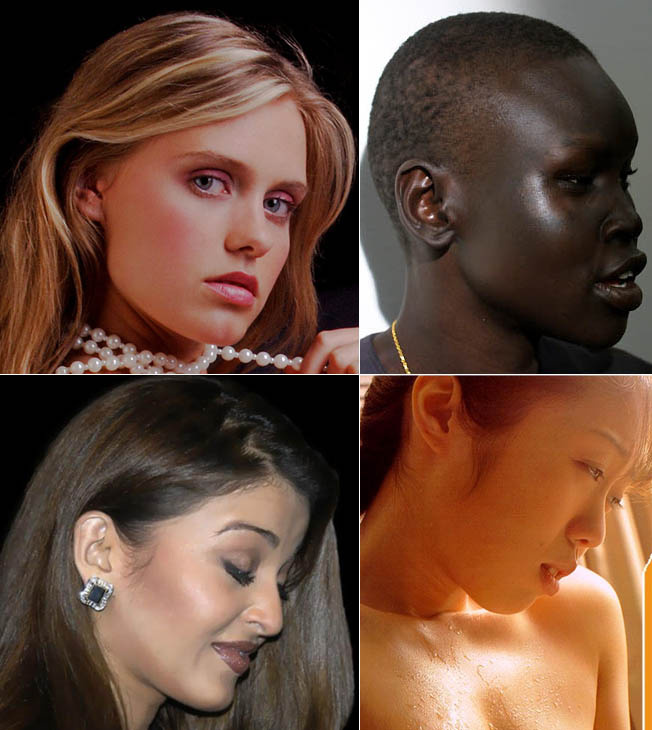
Fig 1a. Shown clockwise from top-left: European, Dinka, Japanese, Hindu. The European is Angel from beauty is divine (adult site), the African is supermodel Alek Wek, the Japanese is glamour model Juri Hamaoka and the East Indian is Miss World 1994 Aishwarya Rai.

Fig 1b. Shown from left: European, Australian, Ibo.
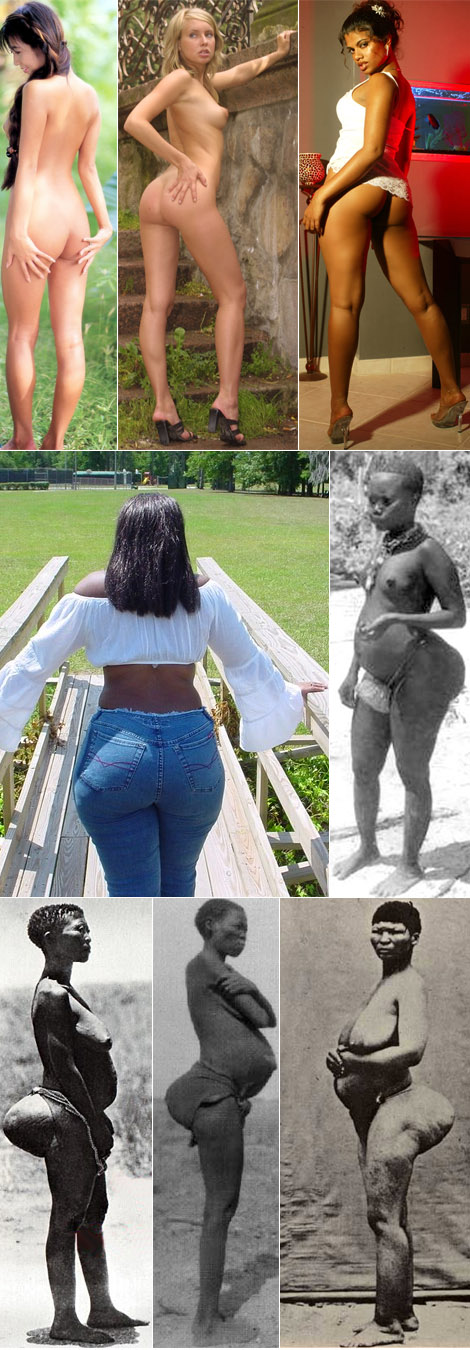
Fig 1c. Shown clockwise from top-left: Japanese, Eastern European, Bangladeshi, Andamanese, Khoikhoi, Khoikhoi, !Kung, African-American. The Japanese is Ai Iijima, the woman from Bangladesh is Jasmyn from cinnamonbunz (adult site) and the African-American is Tropicanna from Ms. ass like whoa (adult site).
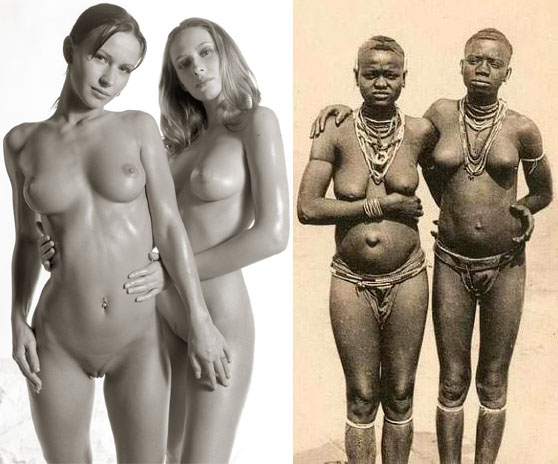
Fig 1d. Europeans and Africans. Europeans from gallery Carré (adult site).
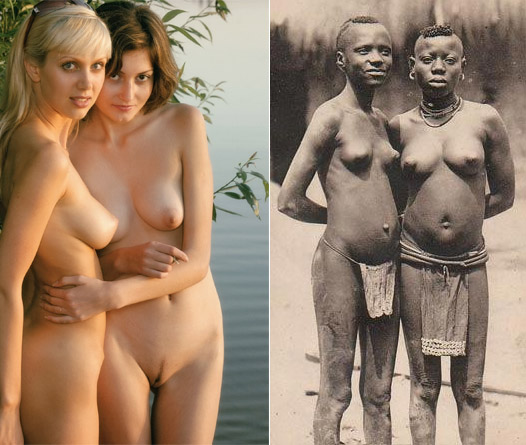
Fig 1e. Eastern Europeans (Olesia and Natasha from Met Art; adult site) and Africans.
Fig 1f. Xingu Indians, Brazil; click for larger image.
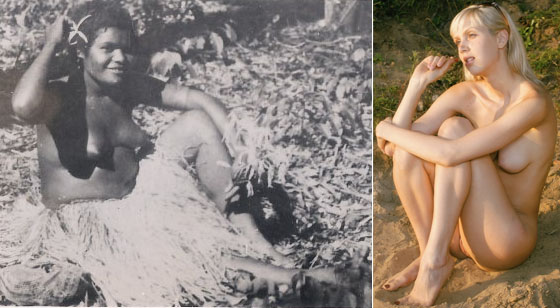
Fig 1g. Pacific Islander and Eastern European (from Met Art; adult site).
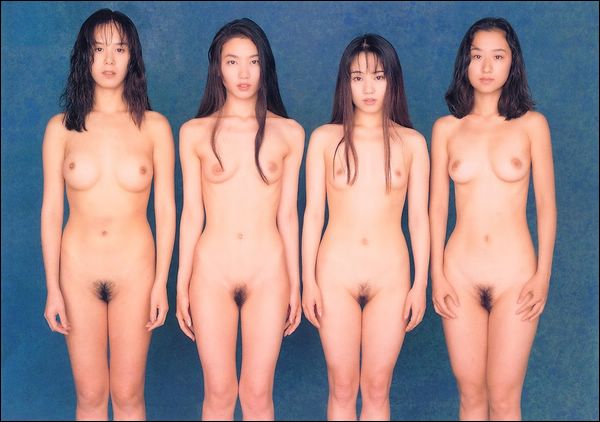
Fig 1h. Northeast Asians.
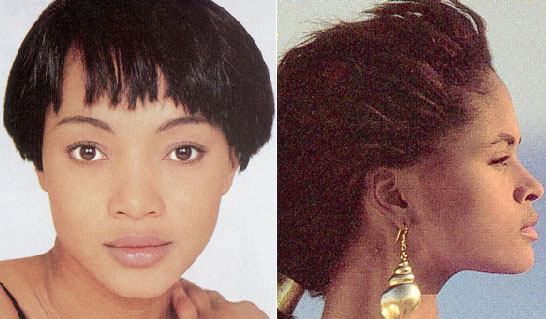
Fig 2a. Stephen Marquardt has used these two women as examples of sub-Saharan African women that illustrate the applicability of his beauty mask to attractive sub-Saharan Africans. Marquardt’s work is addressed later on, but these women appear to have substantial European ancestry. It would be impressive if Marquardt could show how his beauty mask applies to both Europeans and more representative examples of sub-Saharan Africans, as shown above (e.g., Fig 1a).
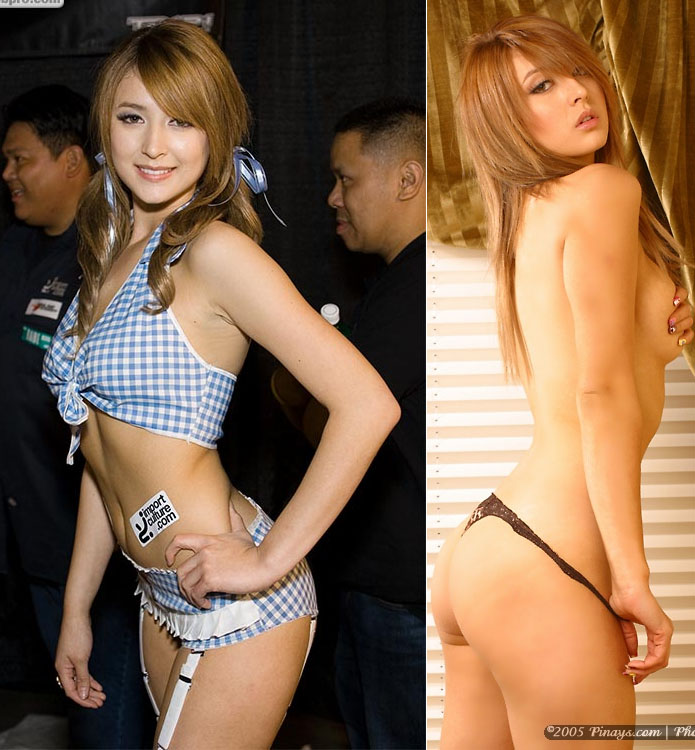
Fig 2b. East Asian? No, part European and part East Asian; Leah Dizon.
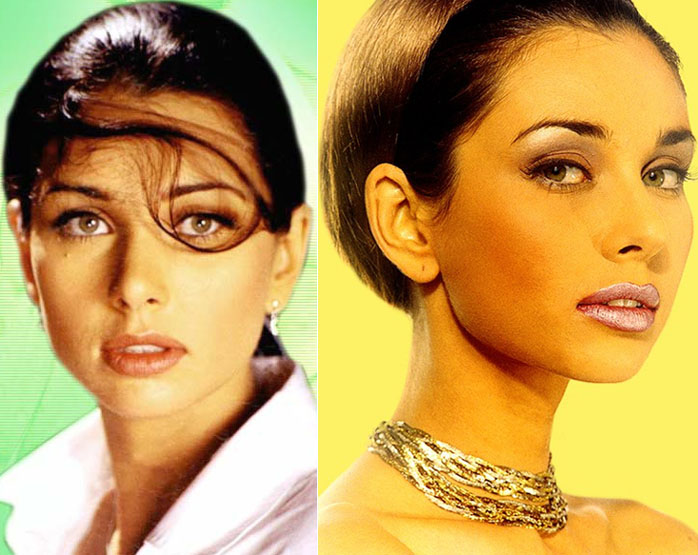
Fig 2c. Mediterranean? No, part East Indian, part European; Lisa Ray.
Again, these pictures illustrate the necessity of using anthropological data for comparing averages and feature distributions. Pictures by themselves cannot help answer the question that this section deals with; the pictures used subsequently help explain the anthroplogical data rather than make an argument by themselves.
